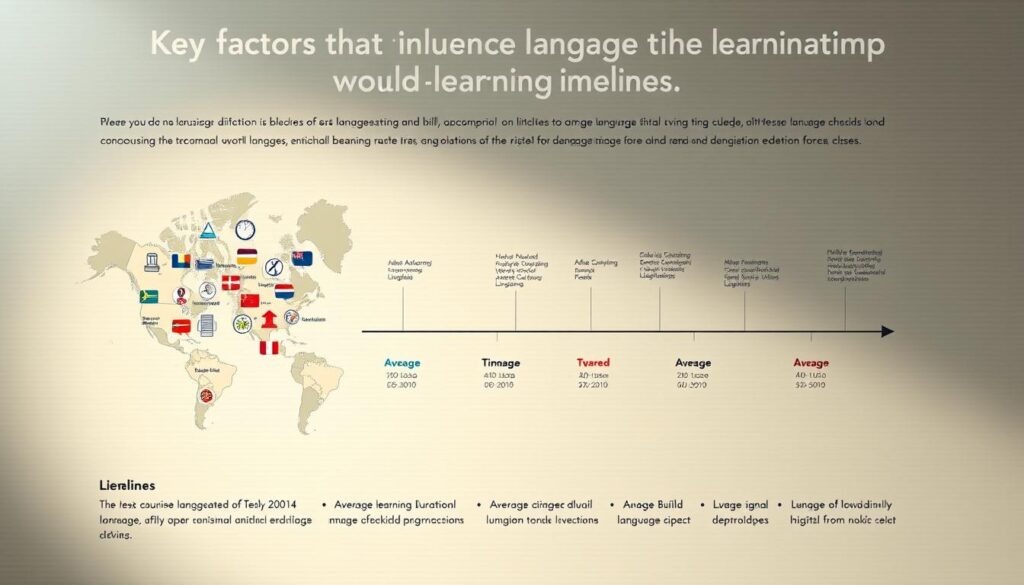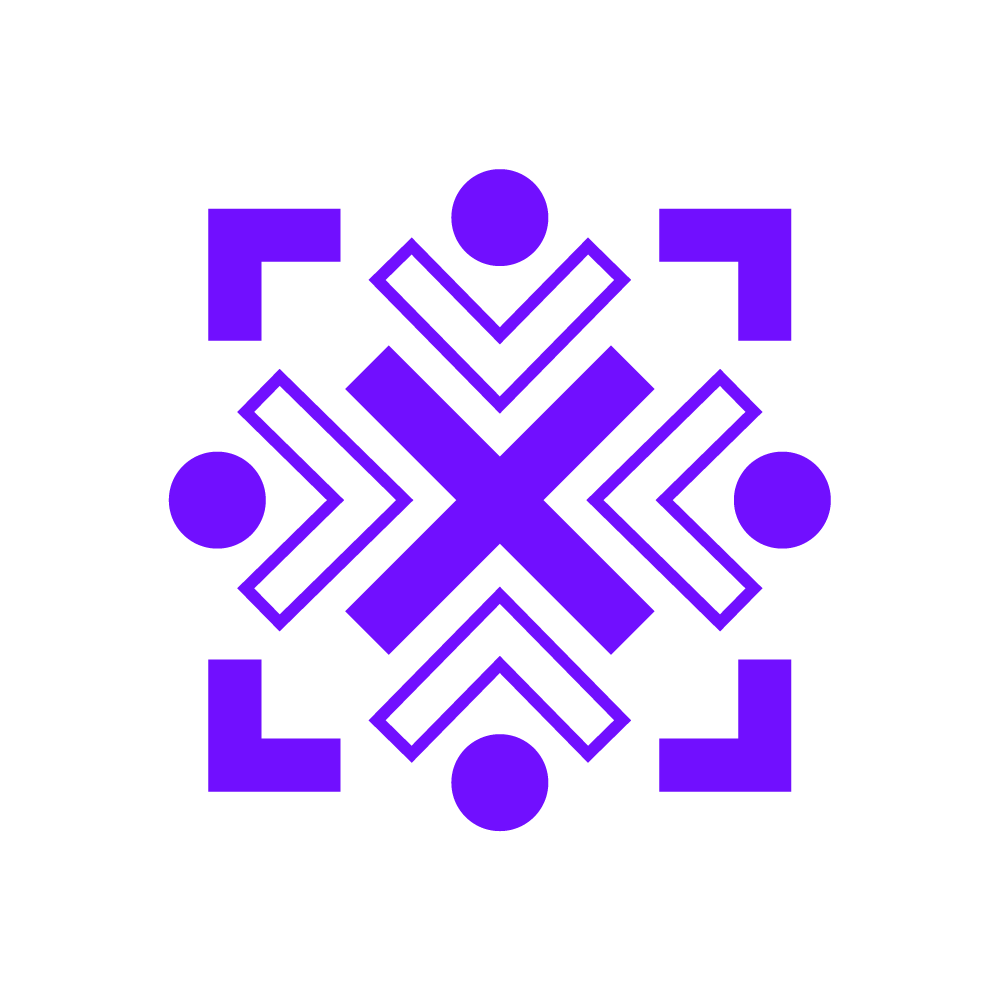Ever wondered why some people pick up new languages quickly while others struggle for years? The answer isn’t just about talent—it’s a mix of practice, consistency, and the language itself. Research from the Foreign Service Institute (FSI) shows that achieving professional working proficiency can take anywhere from 24 to 88 weeks, depending on the language’s complexity.
Not all languages are created equal. For English speakers, French or Spanish may feel easier than Mandarin or Arabic. The American Council on the Teaching of Foreign Languages (ACTFL) also highlights that progress isn’t linear—early gains come fast, but mastering fluency demands patience.
Your native tongue, study methods, and immersion play huge roles. Whether you aim for basic conversations or full fluency, understanding these factors helps set realistic goals.
Key Takeaways
- FSI research groups languages into four categories, with learning times ranging from 24 to 88 weeks.
- English speakers learn Romance languages faster than those from distant language families.
- ACTFL’s proficiency scale shows rapid early progress but slower advanced mastery.
- Immersion and daily practice significantly speed up the process.
- Natural aptitude matters, but consistency is key to success.
How Long Does It Take to Learn a Language? Key Factors Explained
The journey to fluency varies widely based on your starting point and target language. The Foreign Service Institute (FSI) categorizes languages into four groups, each with distinct timelines for mastery. Understanding these tiers helps set realistic expectations.

Language Categories and Their Learning Timelines
For native English speakers, Romance languages like Spanish or French fall into Group I. These require 600–750 hours to reach professional proficiency. Shared vocabulary and Latin roots speed up progress.
In contrast, Group IV languages like Mandarin or Arabic demand 2,200 hours. Complex writing systems and unfamiliar grammar structures extend the timeline. For example, Arabic’s root-based word formation differs sharply from English.
Native Language Influence on Learning Speed
Linguistic similarities matter. If your native tongue shares syntax or vocabulary with the target language, you’ll advance faster. German learners, for instance, grasp Dutch quicker due to overlapping grammar rules.
The ACTFL notes that aptitude impacts speed. Superior learners achieve Advanced Mid proficiency in 24 weeks for Group I languages. However, consistency trumps natural talent—daily practice bridges gaps.
Language Proficiency Levels: From Beginner to Fluent
Fluency isn’t a single destination but a spectrum, measured by global standards like ACTFL and FSI. These frameworks categorize skills into tiers, helping learners track progress toward professional proficiency or casual mastery.
Defining Fluency: ACTFL and FSI Standards
The ACTFL Oral Proficiency Interview (OPI) rates speakers from Novice to Superior. Novice learners struggle with basic phrases, while Superior speakers debate complex topics. FSI’s scale mirrors this, with Level 3 indicating professional working ability.

For native English speakers, reaching Intermediate High in Romance languages takes ~16 weeks. Advanced tiers demand 600+ hours, emphasizing grammar and nuanced vocabulary.
Timeframes for Reaching Conversational vs. Professional Proficiency
Conversational fluency (B2) lets you chat about daily life. Achieving this takes 3–6 months with consistent study. Professional proficiency (C1/C2), however, requires 1–2+ years for tasks like drafting contracts.
Tools like LingQ help track input-based progress. Testing through ACTFL exams validates milestones, ensuring your target language skills meet real-world needs.
Effective Learning Methods to Speed Up Your Progress
Efficient techniques can cut the time needed to reach fluency significantly. Whether you prefer apps, tutors, or living abroad, the right mix of resources keeps you moving forward.
Immersion vs. Classroom Learning: What Works Faster?
The FSI estimates 600–750 hours for classroom-based mastery of Spanish. But immersion programs, like Maximo Nivel’s Spanish courses, often deliver faster results. Daily interactions force you to think and respond naturally.
Classrooms excel at drilling grammar rules. Immersion, however, builds intuitive understanding. Studying abroad combines both—structured lessons with real-world practice.
Tools and Techniques for Efficient Language Acquisition
Modern tools bridge gaps between theory and practice. LingQ, for example, turns Netflix shows into vocabulary lessons. Its input-based method reinforces words through context.
Spaced repetition apps like Anki boost retention. Pair them with iTalki tutors for speaking practice. GoAbroad’s 5-stage model suggests starting with apps, then progressing to classes and immersion.
Success stories abound. One learner achieved Mandarin conversational skills in 6–9 months using LingQ and weekly tutor sessions. Consistency matters more than cramming—aim for 1 daily hour.
Personal Factors That Impact Your Learning Timeline
Individual differences play a huge role in language acquisition speed. Your background, habits, and cognitive traits shape progress more than rigid timelines. The FSI found multilingual learners advance 30% faster, proving prior exposure matters.
Aptitude and Prior Language Experience
Natural aptitude includes pattern recognition and phonetic memory. Some speakers grasp grammar rules intuitively, while others need drills. For example, Steve mastered Spanish in 2–3 months but spent 2+ years on Arabic due to its unfamiliar structure.
Multilingual backgrounds help. A French speaker learns Italian faster than someone monolingual. Shared syntax and vocabulary reduce the time needed for proficiency.
Consistency and Daily Practice
One hour daily beats seven hours on weekends. Micro-practices, like 20-minute LingQ sessions, reinforce retention better than cramming. The way you study matters—spaced repetition trumps passive listening.
Balance goals with reality. “Travel Spanish” requires fewer years than academic fluency. Set milestones and adjust methods as you progress.
Conclusion: Setting Realistic Goals for Language Learning
Mastering a new language depends on multiple factors. The FSI’s benchmarks provide guidance, but your personal approach matters more. Choose methods that fit your lifestyle—whether it’s 15-minute daily apps or immersive courses abroad.
Track progress with tools like LingQ or ACTFL tests. These offer clear feedback on your proficiency level. Focus on consistency over speed. Small, regular practice sessions yield better results than sporadic cramming.
Align your goals with the language’s difficulty and your available time. Enjoy the process rather than rushing to fluency. For accelerated progress, consider immersion programs like Languages Abroad.
Start today, stay patient, and celebrate every milestone.
FAQ
What factors influence how quickly someone can learn a new language?
Several factors affect the timeline, including your native language, target language difficulty, study methods, daily practice, and prior experience with languages. Immersion and structured learning can also speed up progress.
How do language categories impact learning speed?
Languages are grouped by difficulty for native English speakers. For example, Spanish or French may take 600 hours, while Mandarin or Arabic could require 2,200+ hours due to differences in grammar, writing systems, and pronunciation.
What’s the difference between conversational and professional fluency?
Conversational fluency (B1/B2) lets you handle daily chats and takes about 6-12 months. Professional fluency (C1/C2) demands deeper vocabulary and cultural understanding, often requiring 2+ years of consistent study.
Does immersion really help you learn faster than classes?
Yes. Immersion forces real-time practice, improving listening and speaking skills rapidly. However, combining immersion with grammar study or apps like Duolingo or Rosetta Stone can balance speed and accuracy.
Can prior language experience shorten the learning time?
Absolutely. If you already know a similar language (e.g., Spanish before learning Italian), you’ll recognize patterns faster. Aptitude and consistent daily practice also play major roles in reducing the timeline.
How many words do I need to know to be fluent?
For basic conversations (A2 level), 1,000-2,000 words suffice. Advanced fluency (C2) typically requires 8,000+ words, including idioms and specialized terms.
What’s the fastest way to measure progress in language learning?
Use standardized tests like ACTFL or CEFR scales. Tracking milestones—like holding a 10-minute conversation or reading a news article—also helps gauge improvement.



